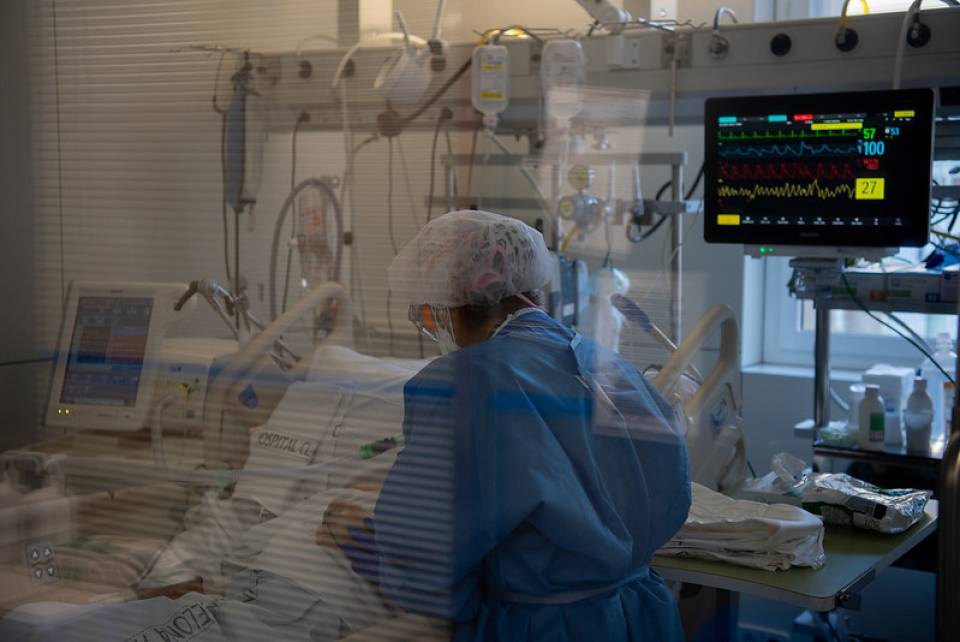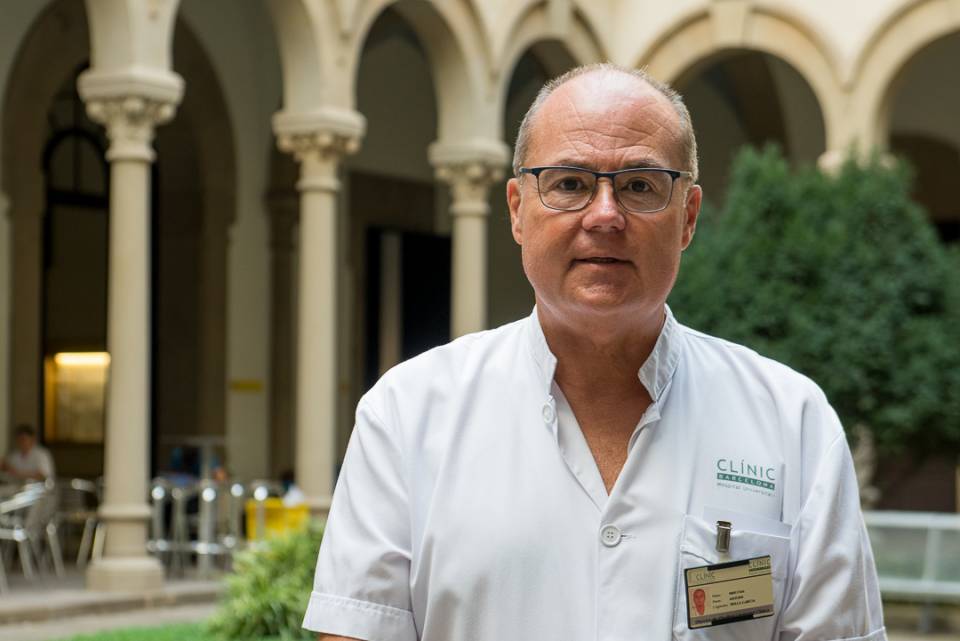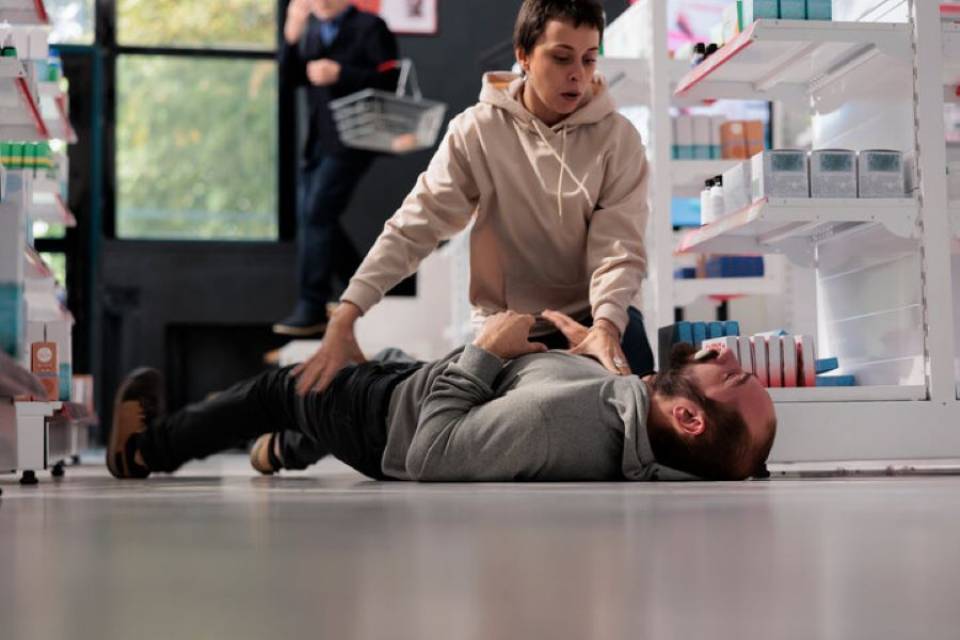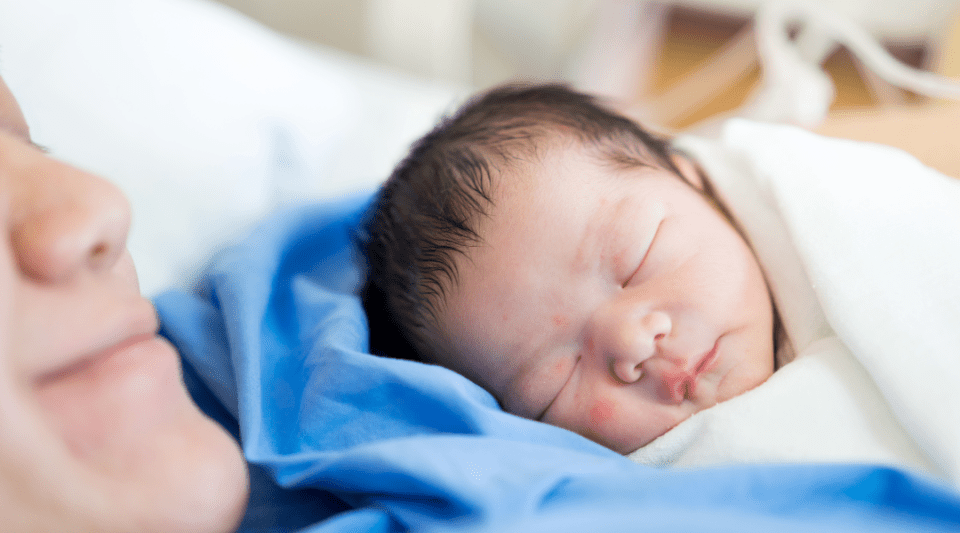The Omicron BA.4 and BA.5 subvariants are a worrying version of the virus. These are in “better shape” and are more easily transmitted than Omicron BA.2. They can infect people who have previously suffered COVID-19 - even recently, and by Omicron BA.2 - and can infect people who have received the complete vaccination schedule; i.e. the so-called ‘viral escape phenomenon’. This happens because they are quite different genetically from other variants. As a result, many of us are susceptible to infection and that is why there are now more cases.
Again, largely thanks to vaccination and immunity, most cases are clinically mild, with fever and general malaise, headache, sore throat and, in some cases, runny nose, lasting 48-72 hours before improving. The problem is that, when there are many cases, the serious cases that require hospital admission also increase proportionally. And this is what is happening now. There are already over 1,700 people in hospitals in Catalonia with COVID-19: either for help to recover from this disease or they are in for another reason, but have tested positive for COVID-19 by PCR or ART.
Hospitalised patients, if well vaccinated, spend fewer days in hospital and receive treatment with antivirals and other medications. Their evolution is generally good. However, there are always some people who end up with severe COVID-19 symptoms, or very severe symptoms that require admission to the ICU. This may be due to their age, other diseases they suffer from, the treatments they receive, their immune response or because their vaccine protection has faded over time. These people need protecting the most. This can be done by trying to be especially careful with the classic prevention measures (social distancing, hand hygiene, masks and ventilation); these work well for the Omicron BA.4 and BA.5 subvariants. This must also be taken into account whenever close to a more vulnerable person or when in a high risk situation of contagion, such as in enclosed spaces with many people.





